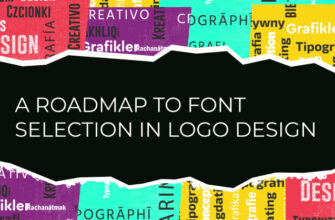Human mind is receptive to visual stimuli, and one of the major defining factors in that response is color. Color conveys meaning on both a subconscious and conscious level, reaching beyond the natural world to influence the artifice of our culture. Graphic designers harness the prowess of the psychology of colors to bring resonance to their designs- and this has never been more imperative than in the field of logo design, where the use of colors can make or break your brand’s visual identity, as is evident from analyzing the color spectrum of famous logos.
According to the Institute for Color Research (CCICOLOR), the average person makes a subconscious judgment about a product, person or the environment within 90 seconds, and between 62% and 90% of that assessment is based on color alone.
The use of color can accompany multiple layers of meaning, from the intricate associations we make based on learned assumptions to primitive responses based on eons of evolved instinct. Smart companies leverage these responses to accent and highlight their branding messages. Thus, having a thorough comprehension of the color psychology would boost your success as a logo designer.
When it comes to choosing complementary colors for logo design projects, color wheel can be your best practical resource. Often times, designers are given a primary base color to work with, leaving the laborious task of finding colors to compliment the base color in the company logo. We can use a wide array of classic palettes from the color wheel that painters and artists have been employing for centuries to create visually aesthetic and pleasant (or striking and high-contrast) compositions.
In most design applications, especially when creating a logo design, color schemes are split into one dominant color, depending on how it stands out in comparison with other colors or how much it appears in the design, and one or more accent colors. Here are 6 ways you can find the perfect accent colors to complement your logo design to perfection:



